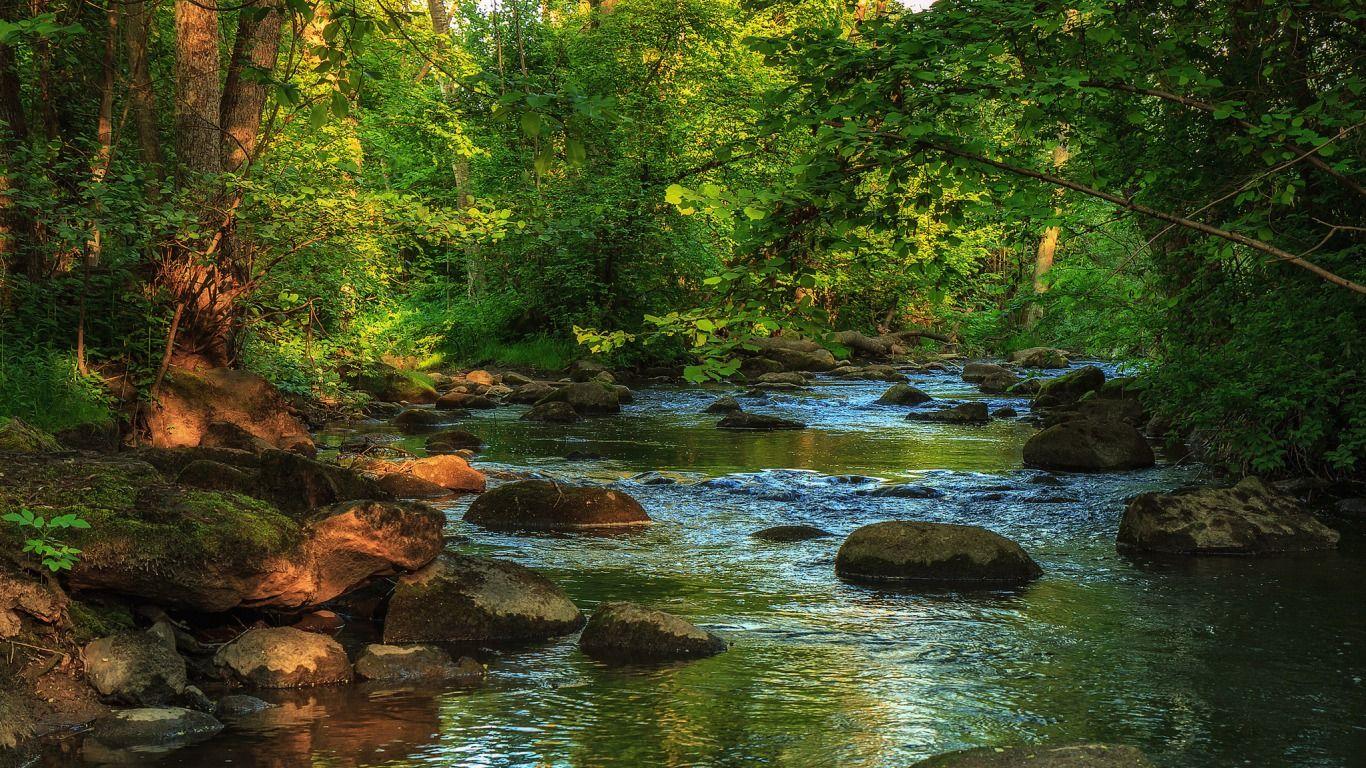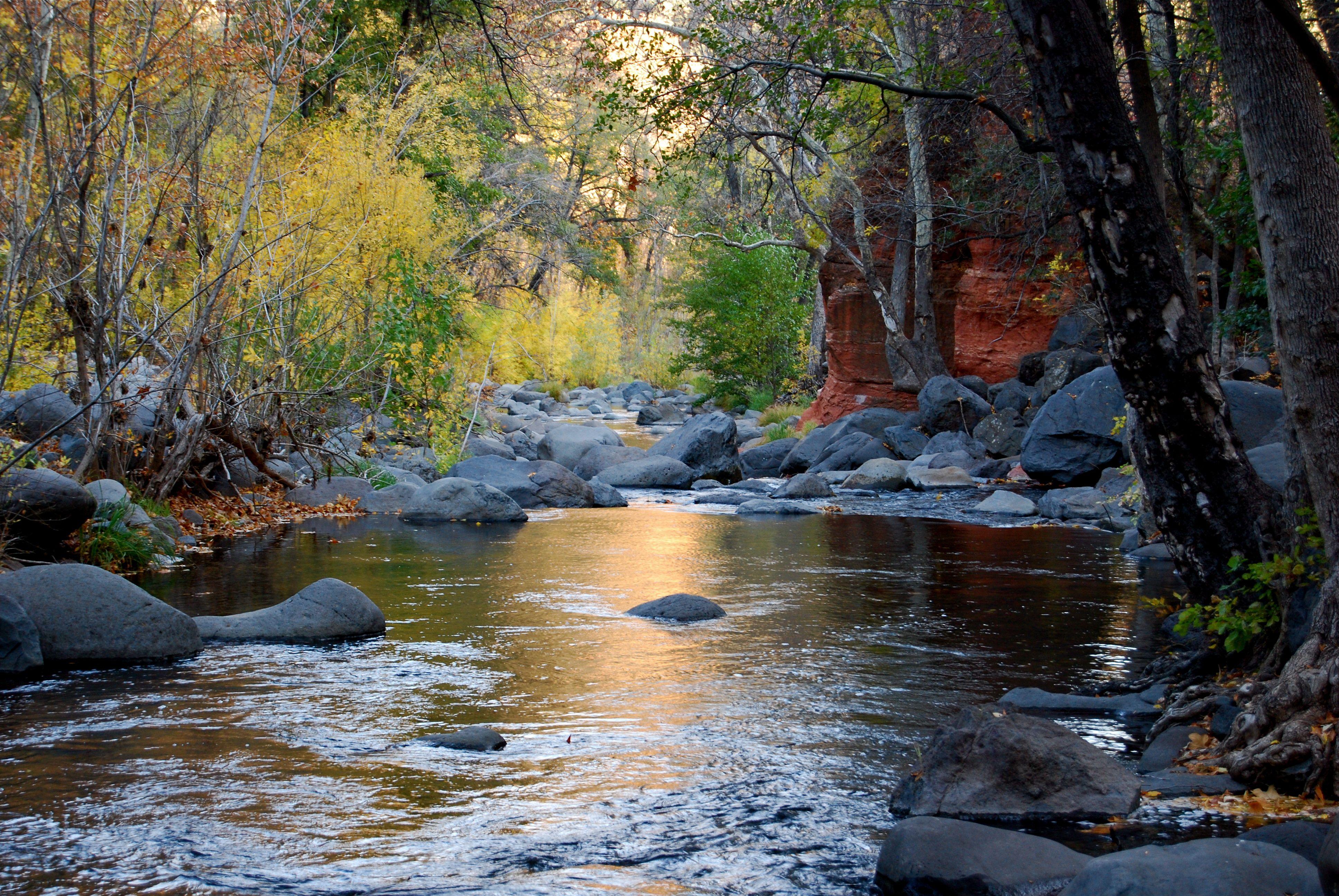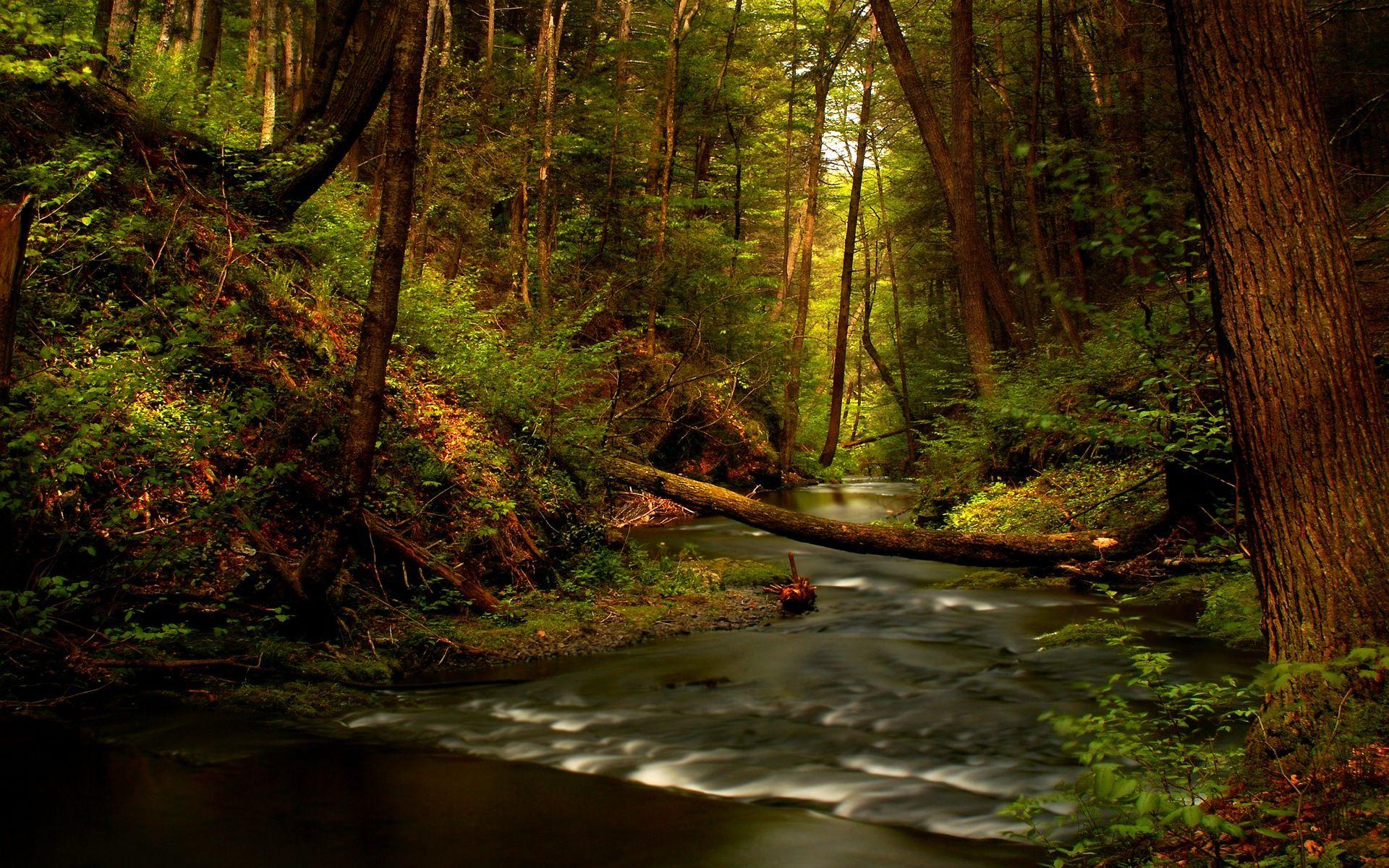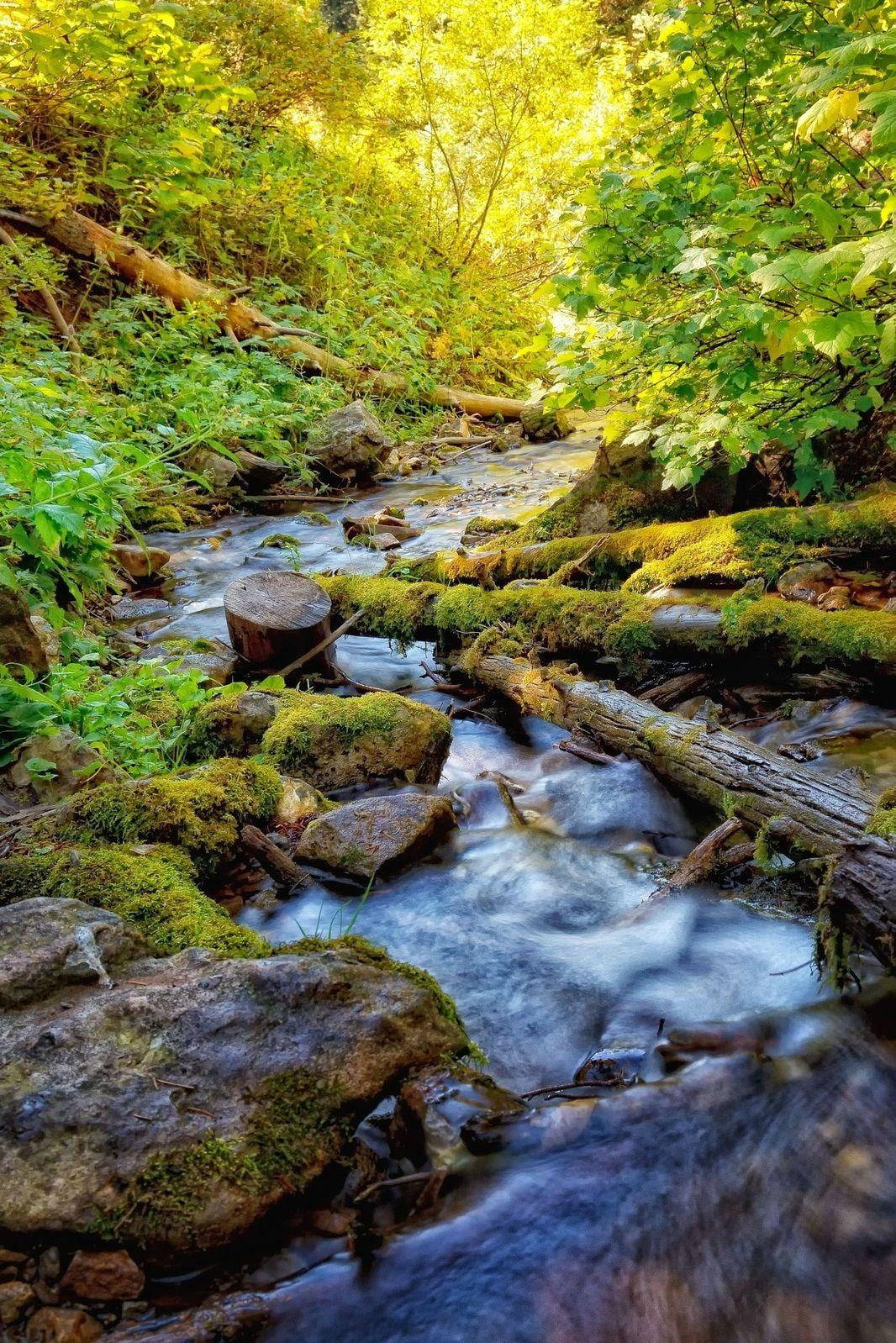
Walk the Maps: Unearthing the Muscogee (Creek) Nation’s Living History in Okmulgee, Oklahoma
Forget static lines on a parchment. Imagine maps that breathe, their contours not merely geographical but infused with the echoes of history, the spirit of a resilient people, and the vibrant pulse of a living culture. If you’re drawn to the profound narratives etched onto Creek Nation historical maps – those sprawling documents charting ancestral homelands, forced removals, and incredible resilience – then Okmulgee, Oklahoma, isn’t just a dot on a modern map. It’s the living, breathing heart where those historical lines converge into an immersive, deeply moving experience. This isn’t a passive look at history; it’s an invitation to walk the maps, to feel the ground beneath your feet that was once, and still is, the heartland of the Muscogee (Creek) Nation.
Our journey begins not with an abstract discussion of cartography, but with the immediate, tangible presence of the Creek Nation’s historical trajectory. These aren’t just geographical charts; they are chronicles of a vast indigenous empire, stretching across what is now the southeastern United States, encompassing parts of Alabama, Georgia, Florida, and Mississippi. They delineate ancestral towns, hunting grounds, trade routes, and the intricate political boundaries of a powerful confederacy. Then, heartbreakingly, they depict the relentless encroachment of European settlers, the shrinking territories, and finally, the forced removal along the "Trail of Tears" to Indian Territory – what we now call Oklahoma.
Okmulgee is the tangible manifestation of this journey. It’s where the Muscogee (Creek) people re-established their government, built anew, and continue to thrive. To truly understand those historical maps, you must stand in the place where the lines on those maps became a new reality.

The Majestic Creek Council House Museum: Where History Resides
The undeniable focal point of this historical immersion is the majestic Creek Council House Museum, located right in the heart of downtown Okmulgee. This isn’t just a building; it’s a monument, a symbol, and a repository of a nation’s soul. Constructed in 1878, its imposing stone facade and clock tower dominate the town square, a testament to the Muscogee (Creek) Nation’s determination to rebuild and govern themselves after the devastation of removal.
Stepping into the Council House is like stepping directly into the pages of a history book, but one that actively engages all your senses. The hallowed halls, once filled with the impassioned debates and decisions of tribal leaders, now house an extraordinary collection of artifacts, documents, and visual narratives that bring the historical maps to vivid life. You’ll find intricate beadwork, traditional clothing, weaponry, and tools that offer a glimpse into the rich cultural heritage of the Muscogee people – the very culture that thrived in those ancestral lands depicted on the earliest maps.
And yes, actual historical maps or their detailed reproductions are prominently displayed, not just as static exhibits, but as interactive storytellers. You can trace the outlines of their original homelands, follow the brutal routes of the Trail of Tears into Indian Territory, and then see the establishment of their new boundaries in Oklahoma. These aren’t just lines on a page; the exhibits around them contextualize the human cost and the incredible fortitude required to survive such a journey. You’ll learn about important figures, treaty negotiations (often broken), and the unwavering spirit that allowed the Muscogee (Creek) Nation to endure. The sheer scale of the displacement, the loss of land, and the subsequent efforts to reconstruct a sovereign nation are laid bare, making the abstract concept of "historical maps" intensely personal and profoundly impactful.

The building itself tells a story. Imagine the deliberations held within these walls, shaping the future of a nation amidst immense challenges. The very stones seem to whisper tales of resilience, adaptation, and the unwavering commitment to self-governance. It’s a powerful experience, moving beyond mere academic study to a deep, empathetic connection with history.
Beyond the Council House: A Living, Breathing Nation
Step outside the Council House, and Okmulgee continues to tell its story. The town itself is the modern capital of the Muscogee (Creek) Nation, and its presence is palpable everywhere. The Muscogee (Creek) Nation Headquarters, a modern complex of buildings, stands as a testament to their continued sovereignty and self-determination. Here, the current government operates, providing services, fostering economic development, and protecting the rights of its citizens. This is where the future of the nation is mapped out, building upon the foundations laid by those who rebuilt after removal.
Wandering through downtown Okmulgee, you’ll encounter local businesses, friendly faces, and the subtle, yet pervasive, sense of a vibrant, interconnected community. This isn’t a historical theme park; it’s a living, breathing place where Muscogee (Creek) culture continues to evolve and thrive. Seek out local eateries that might offer indigenous-inspired dishes or feature local art. Engage with the community; you’ll find a deep pride in their heritage and a willingness to share their story.

For a deeper, more somber reflection on the journey depicted on those maps, a visit to the Creek National Cemetery is essential. Located just a short drive from downtown, this tranquil resting place holds generations of Muscogee (Creek) citizens, including many who endured the Trail of Tears. The headstones tell individual stories, but collectively, they speak to the enduring presence of a people rooted deeply in this land, a testament to their unwavering connection to place, even after forced relocation. It’s a poignant reminder that the lines on historical maps represent not just territories, but lives, families, and legacies.
The Unseen Lines: Resilience and Revitalization
The most profound aspect of experiencing Creek Nation historical maps in Okmulgee is understanding the narrative of resilience. These maps, in their stark lines and shaded territories, speak volumes of immense loss – of ancestral lands, of countless lives lost during forced marches, of cultural suppression. They are a visual representation of a historical trauma that resonates to this day.
But they also narrate an even more powerful story: one of unwavering resilience, cultural survival, and revitalization. The Muscogee (Creek) Nation did not simply disappear after removal. They rebuilt. They maintained their language, their ceremonies, their governance, and their identity. The maps might show a radical shift in geography, but they cannot capture the indomitable spirit that traveled with the people.
Today, the Muscogee (Creek) Nation is a federally recognized sovereign nation, actively working to preserve its language, promote its arts, and empower its citizens. Programs for Mvskoke language immersion, cultural education, and health services demonstrate a vibrant nation reclaiming its narrative and strengthening its future. When you visit Okmulgee, you’re not just observing historical artifacts; you’re witnessing the ongoing legacy of a people who refused to be erased from the map, who instead drew new lines of hope and continuity.
Planning Your Pilgrimage to Okmulgee

To truly immerse yourself in this experience, consider these practical tips:
- Timing: Spring and Fall offer the most pleasant weather for exploring. If possible, align your visit with a Muscogee (Creek) Nation festival or cultural event for an even richer experience.
- Respectful Tourism: Remember you are visiting the capital of a sovereign nation. Approach your visit with respect, an open mind, and a willingness to learn. Ask before taking photos of people, and be mindful in sacred spaces.
- Engagement: Don’t be afraid to ask questions at the museum or local establishments. The Muscogee (Creek) people are often generous in sharing their history and culture.
- Beyond Okmulgee: While Okmulgee is the epicenter, consider extending your journey to other significant Muscogee (Creek) sites or other Five Civilized Tribes museums in Oklahoma for a broader understanding of the region’s indigenous history.
- Accommodation & Food: Okmulgee offers local hotels and a variety of dining options. Support local businesses where possible.
To truly understand the Creek Nation historical maps, you cannot simply look at them in a book or on a screen. You must stand on the land they depict, feel the weight of their history, and witness the vibrant continuity of the people they represent. Okmulgee is more than just a destination; it’s an educational pilgrimage, a testament to resilience, and a profound journey into the living heart of Muscogee (Creek) history. It’s a journey not just through space and time, but into the very soul of a resilient people who, against all odds, continue to draw their own map forward. So, pack your bags, open your mind, and prepare to walk the maps.


